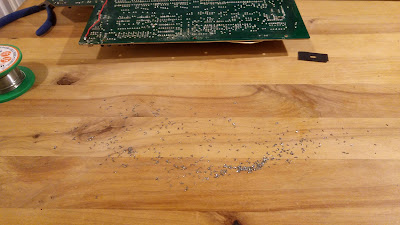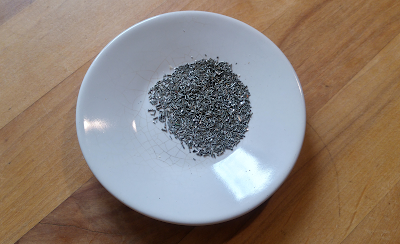Around this OMEGA computer project initiated by Sergey Kiselev, there are other contributions that I think are worth mentioning.
First, a series of expansions made by Msxmakers, including a 4Mb static memory expansion card. This extension is intended to take place directly on the OMEGA connector, in the space provided for this purpose:
This extension seems interesting to me because it offers enough memory for the development of ambitious projects.
And now a new version of the original Omega board, this time made by Merlinkv and available on the dedicated Github page. The main purpose of this new edition consists mainly in improving the routing of tracks, especially those dedicated to the video part. The goal is to significantly improve the quality of the video output:
Other significant points: The original ROM slot in DIP version has been replaced by two slots in PLCC format, allowing the selection of several types of capacity. All of the decoupling capacitors and other non-chemical capacitors have been converted to CMS format on the back side of the board. Finally, a number of additional connectors allowing the selection of the ROM, the external Reset of the system, and other possibilities of power supply and connection of fan were added.
You can find this information on the Spanish forum: https://www.winuaespanol.com/
If you are interested in MSX type machines, I recommend that you subscribe to the associated Facebook page: https://www.facebook.com/groups/msxhomecomputers
I haven't tried these two projects since I'm currently working on an MSX-ROM type cartridge project that can be downloaded by USB. And this kind of project already takes quite a bit of time...


























